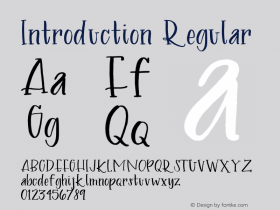
Named one of the TYPO Berlin 2010 – Passion made me rush to the book stand, buy myself a copy, and have it signed. This excellent book reacquainted me with the work I already knew, and introduced me to more obscure designs of his. This left me quite anxious to get my hands on the second book in the series: Roger Excoffon et la fonderie Olive, written by Sandra Chamaret, Julien Gineste and Sébastien Morlighem, and published last November.
Advertisements (1953-1956) by Fonderie Olive highlighting Vendôme and Choc.
Roger Excoffon (1910-1983) was a major figure in French typography, the graphic arts and visual communication. Most of the typefaces he designed for the Olive foundry in Marseilles between 1945 and 1971 – with the active support of his director Marcel Olive, and his assistants José Mendoza y Almeida and Gérard Blanchard – became classics of advertising printing. Yet despite their omnipresence in the French urban landscape and beyond – or maybe because of it – Excoffon's creations seem to have fallen from grace, especially since Modernism in the 1960s. On a personal level, these quintessential French faces are part of my cultural heritage. My two grand-mothers came from Wallonia, the French-speaking part of Belgium; my brother, sister and I were raised in French; and we spent almost all of our childhood summer holidays at the Côte d'Azur.
Advertisements for the Fonderie Olive, La France graphique No. 6 (April 1947) & 23 (November 1948).
This book was published on the occasion of the centenary of Roger Excoffon's birth. It celebrates a work of uncommon popularity and draws on little-known or previously unpublished documentary material (texts, drawings, photographs, advertisements, specimens, etc.). After a chronology of Excoffon's and Marcel Olive's lives and a rousing introduction by Dutch type design legend Gerard Unger, a first chapter retraces the history of the Olive Foundry. From then on the book follows a similar approach to the José Mendoza y Almeida monograph, highlighting in chronological order one typeface or family per chapter. By presenting each typeface individually, analysing and illustrating them, the complete history of the Olive foundry is retraced. The publication is completed with reprints of texts by Excoffon about his craft and his ideas on typography, which are very enlightening and offer us a rare glimpse inside Excoffon's thinking.
Banco, "snail shell" specimen, 1958.
Having been confronted with the challenges posed by bilingual publications for most of my own graphic design career, I am always very interested in how other designers tackle this type of problems. Whereas the solution for the José Mendoza y Almeida monograph was simple but effective – French on even pages, English on odd pages – here the designers (and co-authors) Chamaret and Gineste take it one step further. The French text on the left pages is a single block shifted upwards, and the English text on the right pages set in two columns shifted downwards. This makes the lay-out completely unambiguous. Furthermore an extra, narrow column near the spine holds all the foot notes close to the text they refer to. Incidentally this presents the reader with two options – the book can either be a fluid and brisk read, or a comprehensive, immersive one when also taking in all the foot notes.
Banco, 60pt size letterpress proof, made from original material; original drawings, small and large point size, Oct. 1951.
Alongside the obligatory pictures of the protagonists of the book, the wealth of typographic illustrations is astonishing. From concept sketches over type drawings to finished specimens and advertising, the book is full to the brim with both black-and-white and colour images. On the one hand they illustrate Excoffon's personal approach, which found its inspiration in the pictorial arts as well as the social sciences, while meeting the imperatives of the typographic industry. On the other hand they provide the reader a fascinating insight into how the Olive Foundry marketed and advertised their type.
Antique Olive, final sketches for the lowercase "a"; first specimen cover and excerpt, undated (ca. 1960).
Besides offering a comprehensive overview of someone's life and body of work, good monographs should teach you something new. The best ones however make you reappraise what you thought you knew, challenging your previous opinion. And this is exactly what Roger Excoffon et la fonderie Olive succeeded in doing. The book is full of nuggets, like finding out the real reason why Banco was designed, and how it managed to defeat its direct competitor Jacno from Deberny & Peignot. For example I never thought much of Mistral, but reading its story and technical background finally made me appreciate the ingenuity of this remarkable achievement in type design. And the chapter on Antique Olive makes a convincing case of having this family up there with Univers and Helvetica in the pantheon of great post-war sans serif families. Roger Excoffon et la fonderie Olive is a fascinating, insightful, and entertaining book, which should be on any serious typophile's must-read list.
Detail from back cover.







